A trip to Colombia is a trip to a world of senses; the colors of colonial Cartagena; the aroma of the freshly brewed coffee from the Coffee Area; the urban buss of cosmopolitan cities like Medellin and Bogotá; the sensuality of salsa dancers in Cali; the tropical greens of the jungles; brown rivers snaking along the marvelous landscapes and snow caped mountains as eternal guardians.
Colombia Highlights
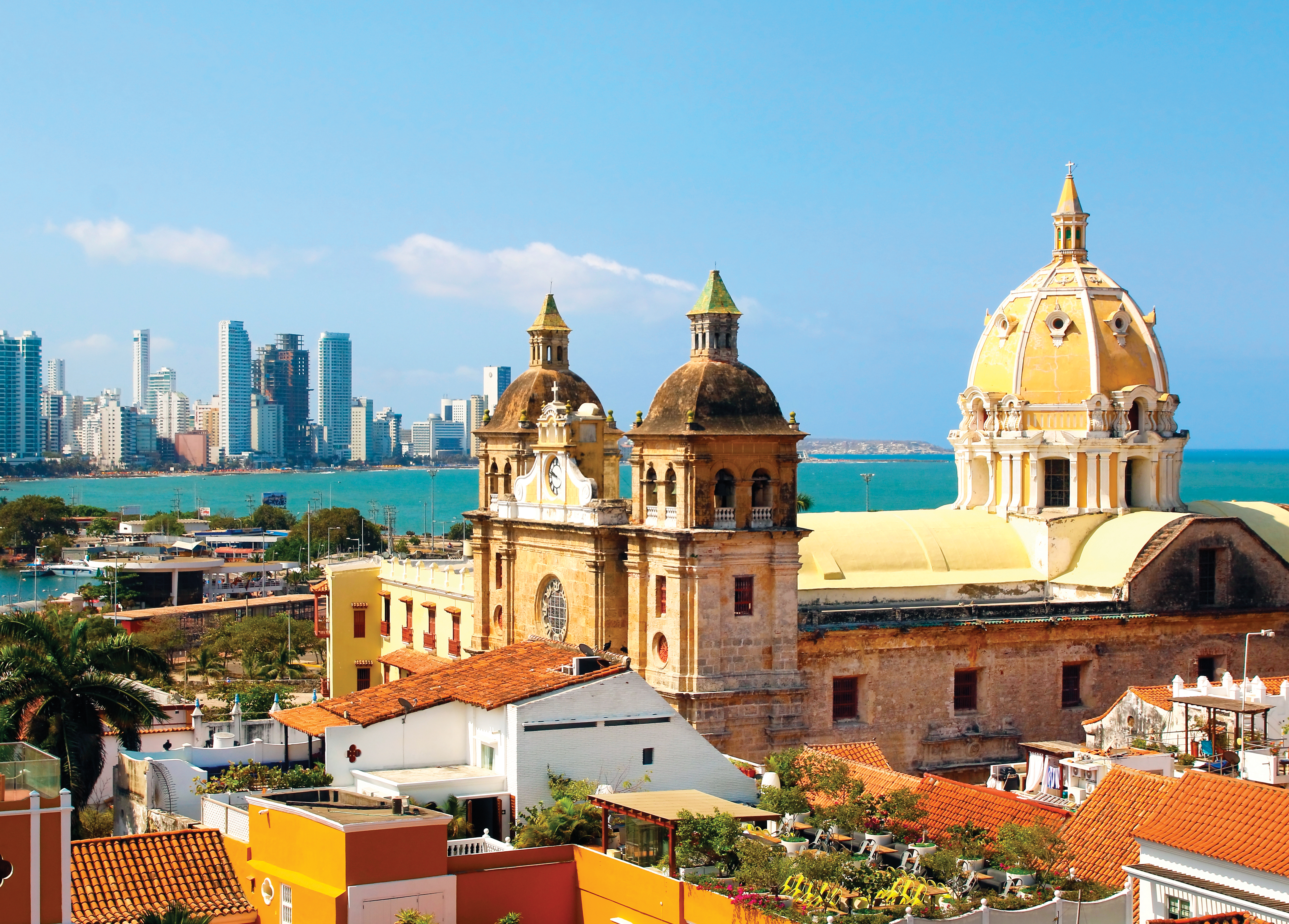
The travelers will meet Colombia’s friendly people; always smiling, always proud of their country, always eager to be helpful.
Explore with us this multiple sided country, a nation of today and tomorrow, a nation that shows step by step the passion with which their people live.
Bogota

Bogotá is Colombia’s capital city with approximately 8 million people; it is a cosmopolitan center of sophistication and has become an epicenter of business, politics and entertainment.
Llocated on the high plateau called ‘Sabana de Bogota’, at an altitude of 2640 meters (8600 feet) above sea level and surrounded by the eastern range of the Andes.
Bogotá has a thriving nightlife, superb al fresco dining and bar culture as well as international shopping. Its privileged location and international airport makes it highly accessible and functional as a main gateway to destinations throughout the region.
Walk along its colonial streets, visit the Museums of Gold and Botero, enjoy the excellent restaurants that the city has to offer, go out to its surroundings to appreciate curiosities like the Salt mines of Zipaquirá and its underground salt cathedral, the colonial town of villa de Leyva, the ceremonial lake of Guatavita and the different villages that surround the city.
Coffee Region
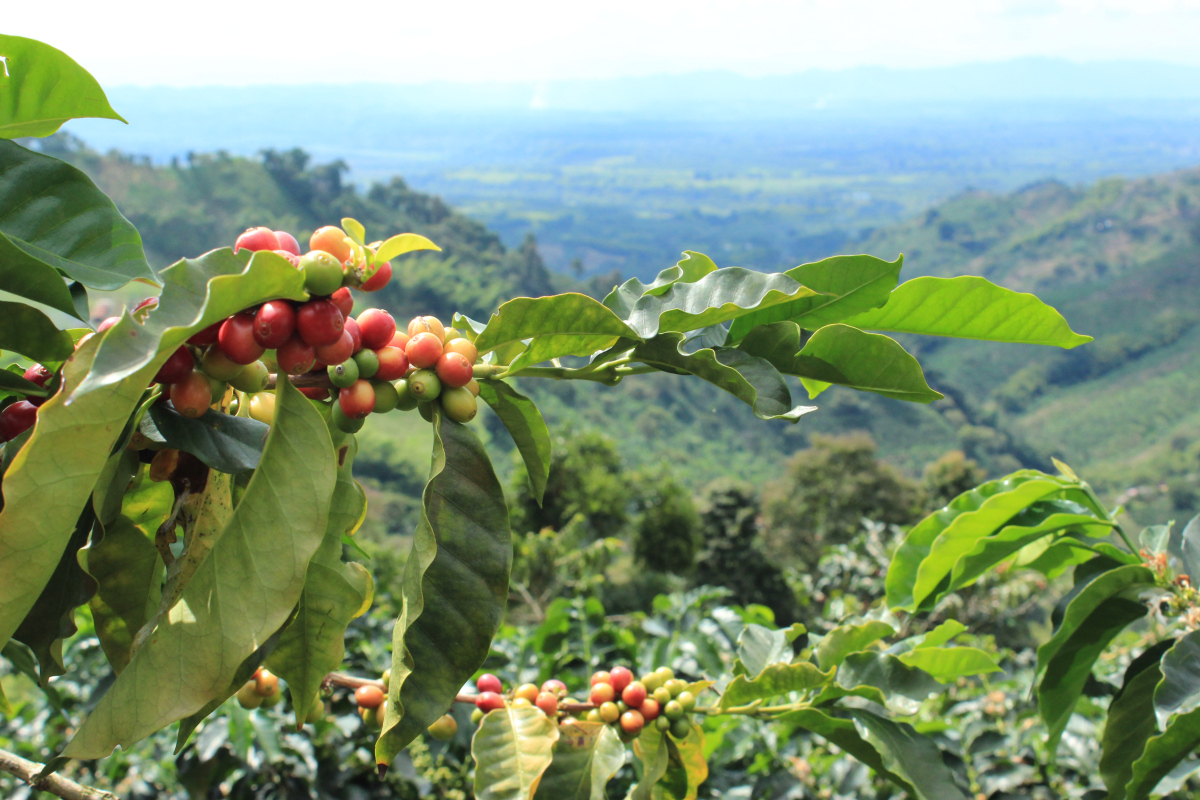
The Coffee plantations began on the Central mountain range of the Colombian Andes and this area has developed the most important income of the country as first producer of the best mild coffee in the world.
In the regions of Armenia, Pereira and Manizales many old coffee fincas were converted to touristic overnights where foreigners and Colombian travellers can spend peaceful and interesting vacations to learn about the coffee procedure, the typical architecture of the area and the beautiful surroundings.
Medellin
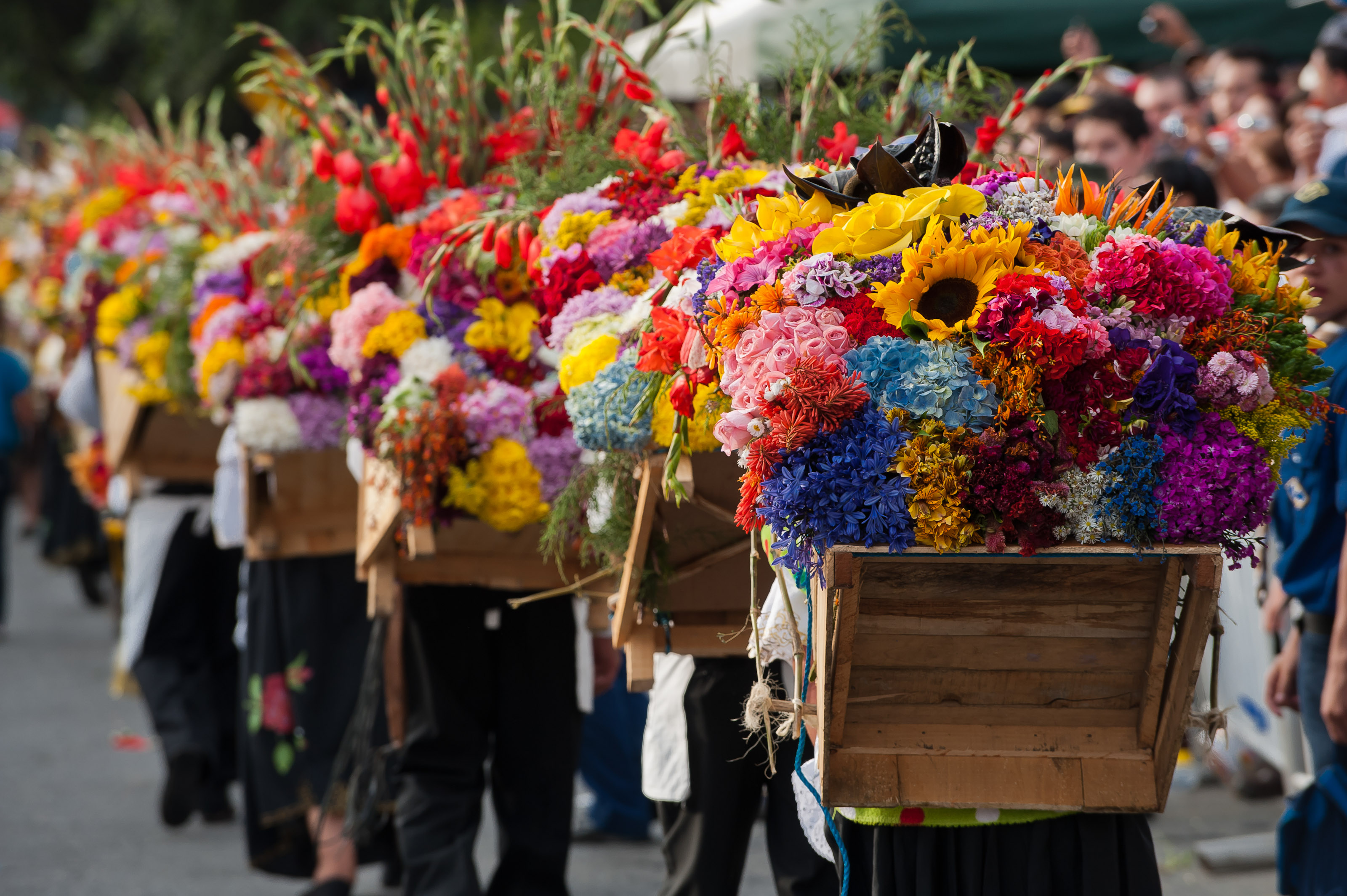
Medellín is the second largest city in Colombia with three million inhabitants and the core of the Valle de Aburrá (Aburrá Valley). The city has a congenial climate for commercial orchid cultivation. The famous “Flower Festival” takes place every year in August. The most representative event of the fair is the “Desfile de Silleteros” (silleteros parade). This term refers to the local farmers who create beautiful flower arrangements on a silleta (chair) that is carried on their backs.
It is also called the “City of Eternal Spring”, because of its privileged climate of temperature between 68°F – 82°F (20°C – 28°C). Medellin has become a main tourist destination, as an example of a cosmopolitan, cultural and progressive city surrounded by beautiful scenery, colourful villages, the Dam of Peñol and lush beauty.
Cartagena
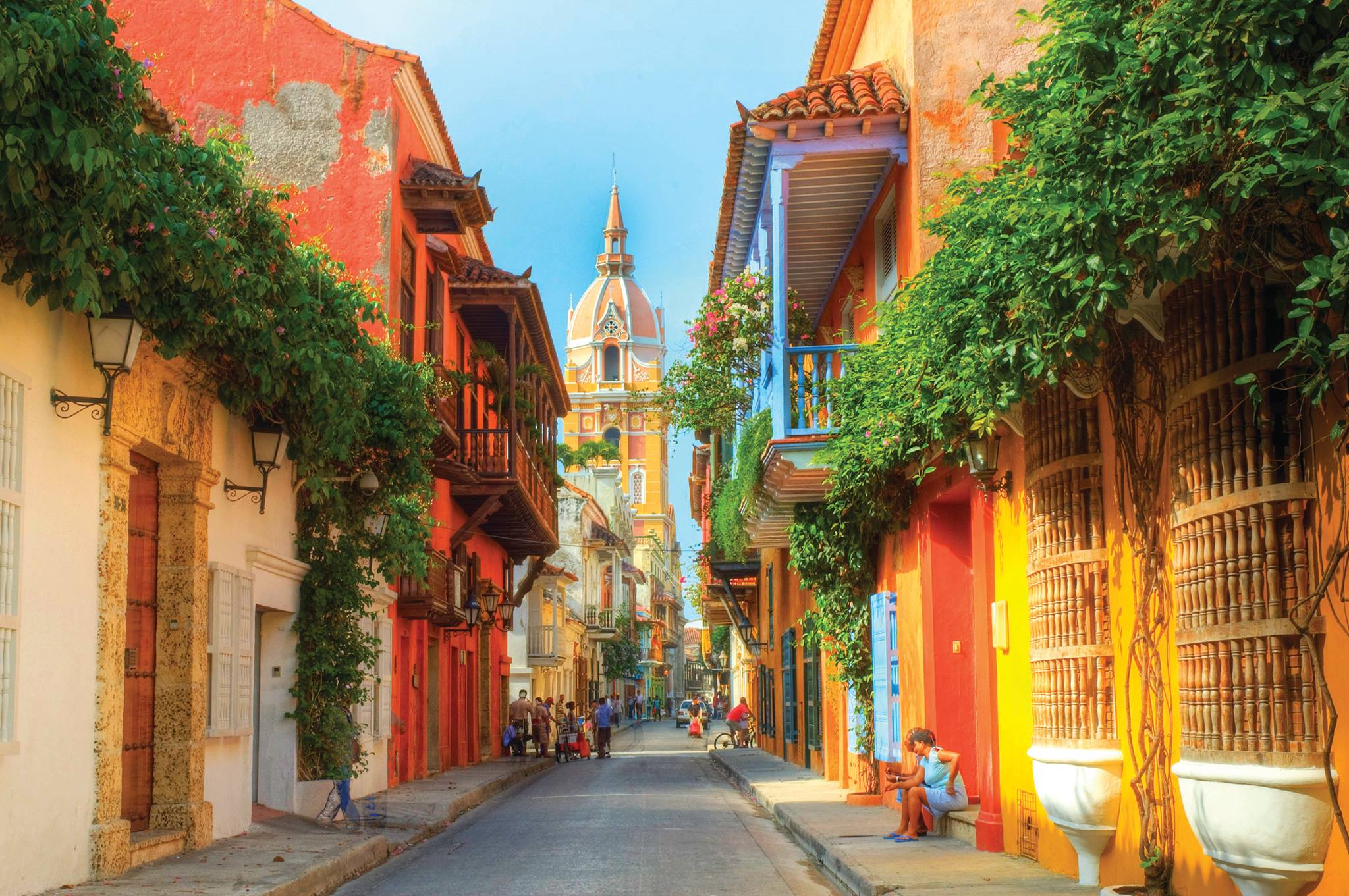
Although the Colombian Coast was already known since 1501, the city of Cartagena de Indias was only founded in 1533 because the Spaniards had great problems finding fresh water in the region. The original Indian name of the area was ‘Calamari’, which means ‘Area of Crabs’. From its beginning, Cartagena was the only port in South America until Buenos Aires was founded. Every year big Spanish fleets stopped there, to take gold and other products from many South American countries. The cities became a centre for the Inquisition and the biggest slave market in the continent.
Because of its richness, the city was a great temptation for English, French and Dutch pirates; for that reason, Cartagena had to be protected by fortresses and walls. Today Cartagena is Colombia’s fifth largest city, has the best-preserved colonial architecture in the country and is one of the most famous vacation resorts. Recently it was declared World Heritage Site.
Santa Marta
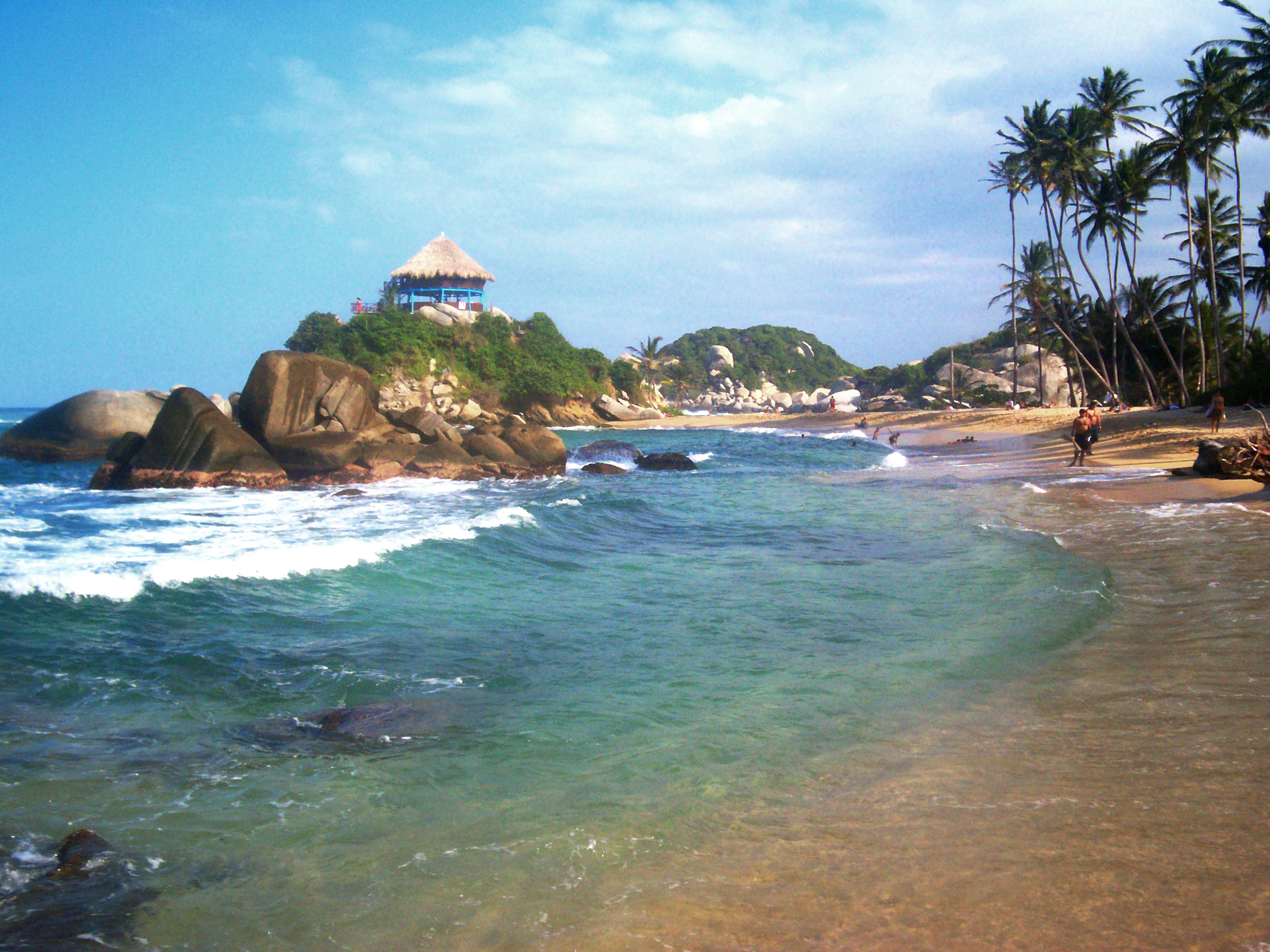
Santa Marta was founded in 1525 being the oldest Spanish settlement in the South American continent. Because of its ideal location, with the deep bay in front and the rising mountains of the Sierra Nevada at the backside, Santa Marta is called the Pearl of America.
The contrast of its landscapes and the white sand beaches, together with comfortable hotels, offer the visitor an appropriate place for holidays. Besides, interesting visits to hidden bays, mountainous areas, swamps and rivers with exuberant tropical flora and fauna, are evident facts of the many possibilities.